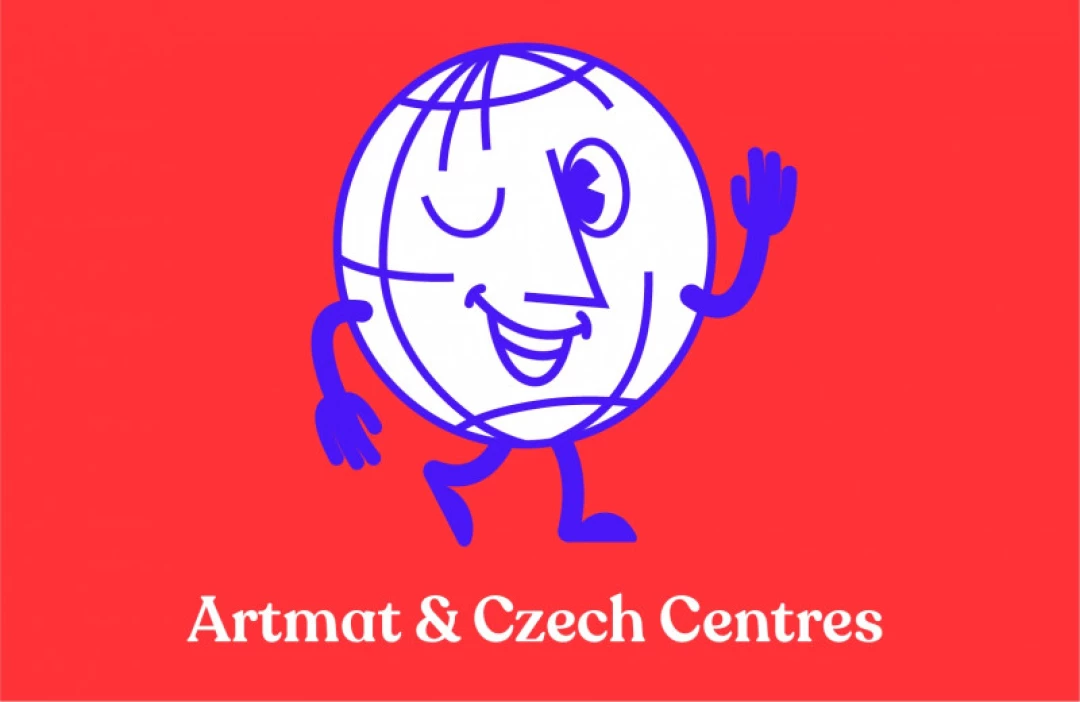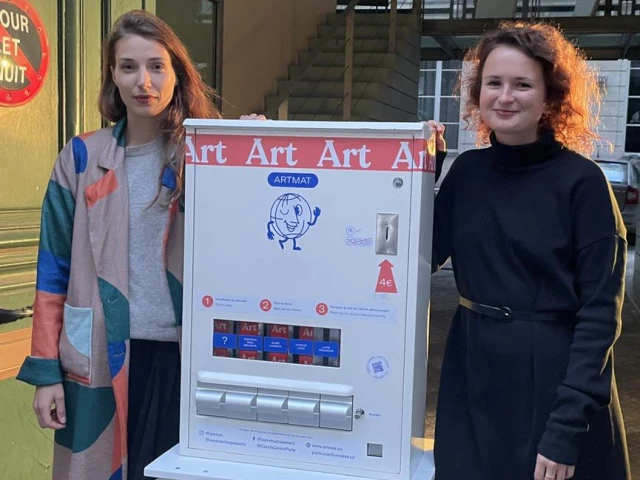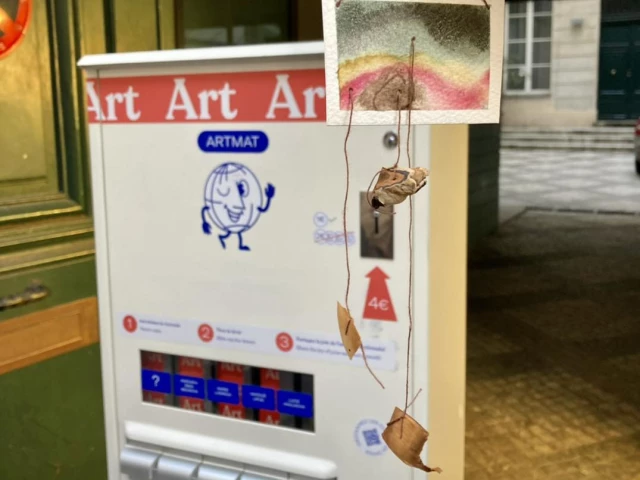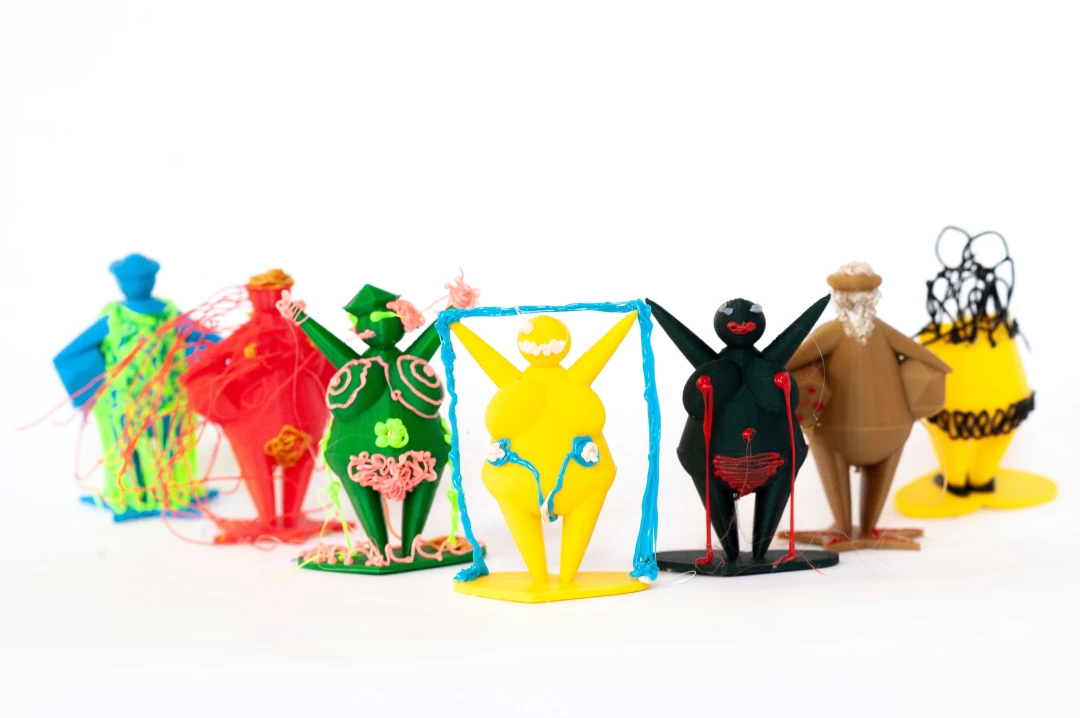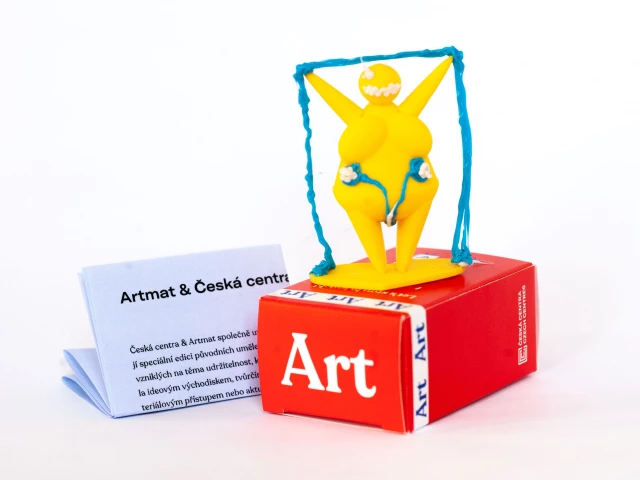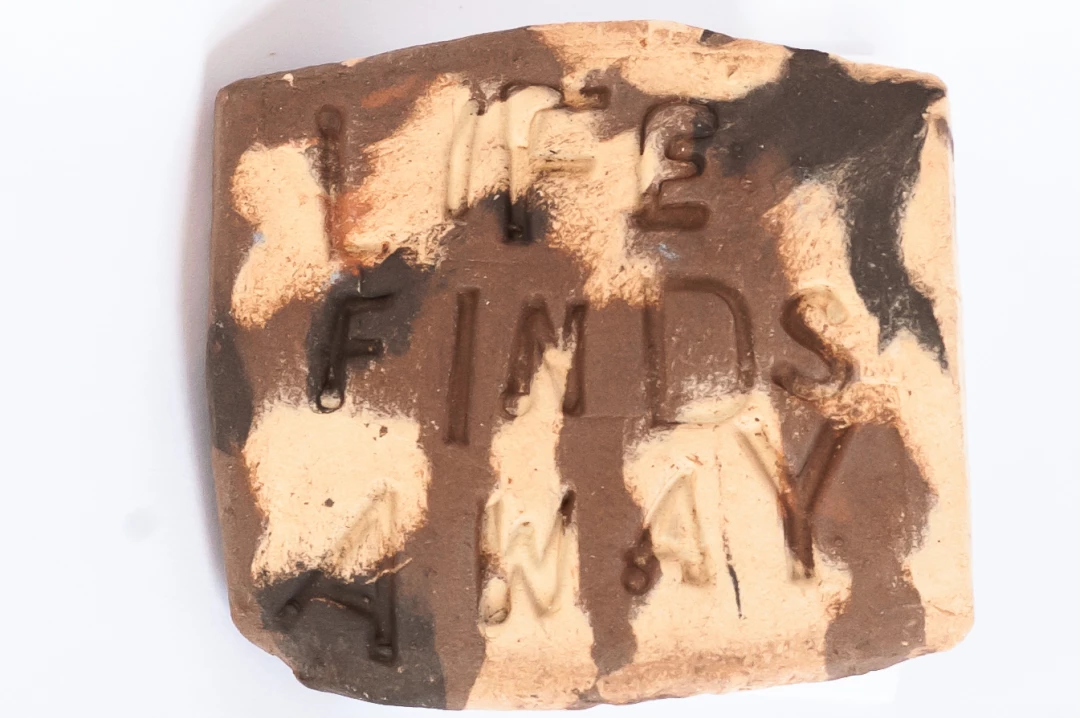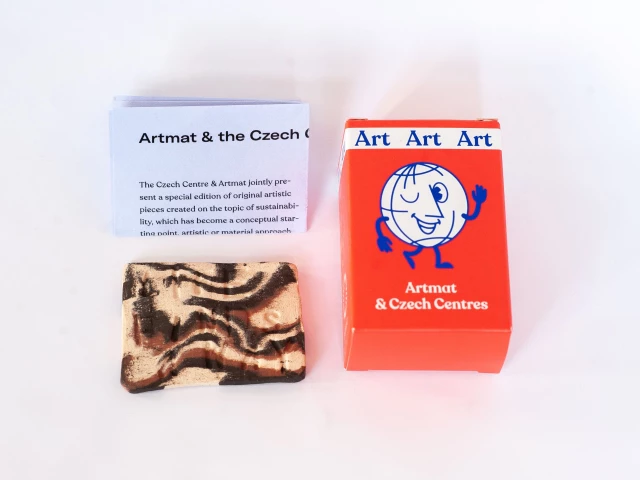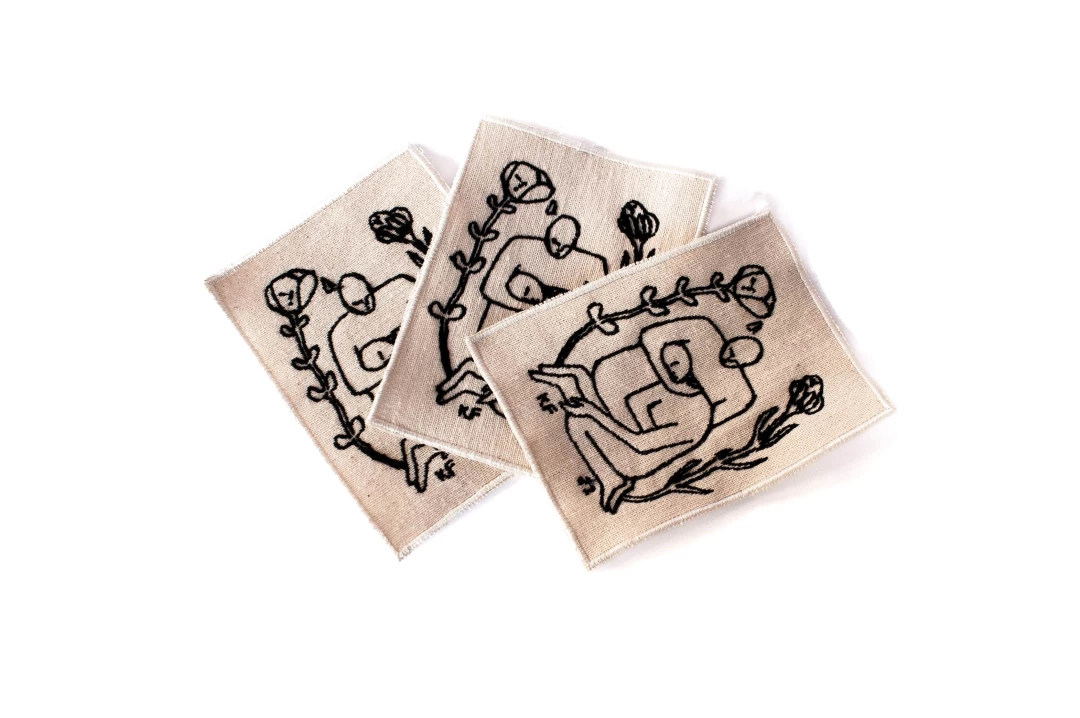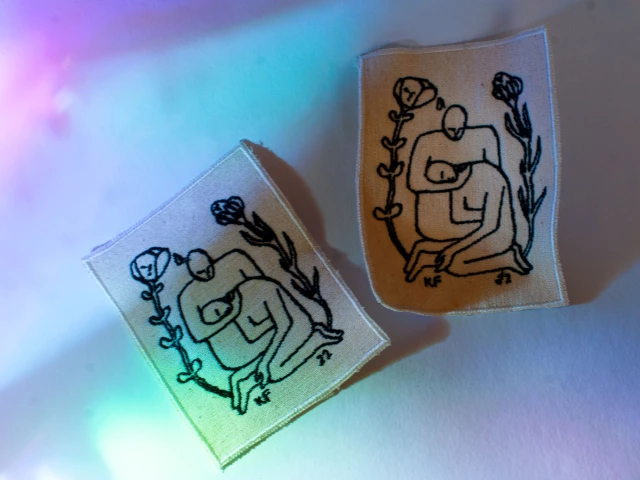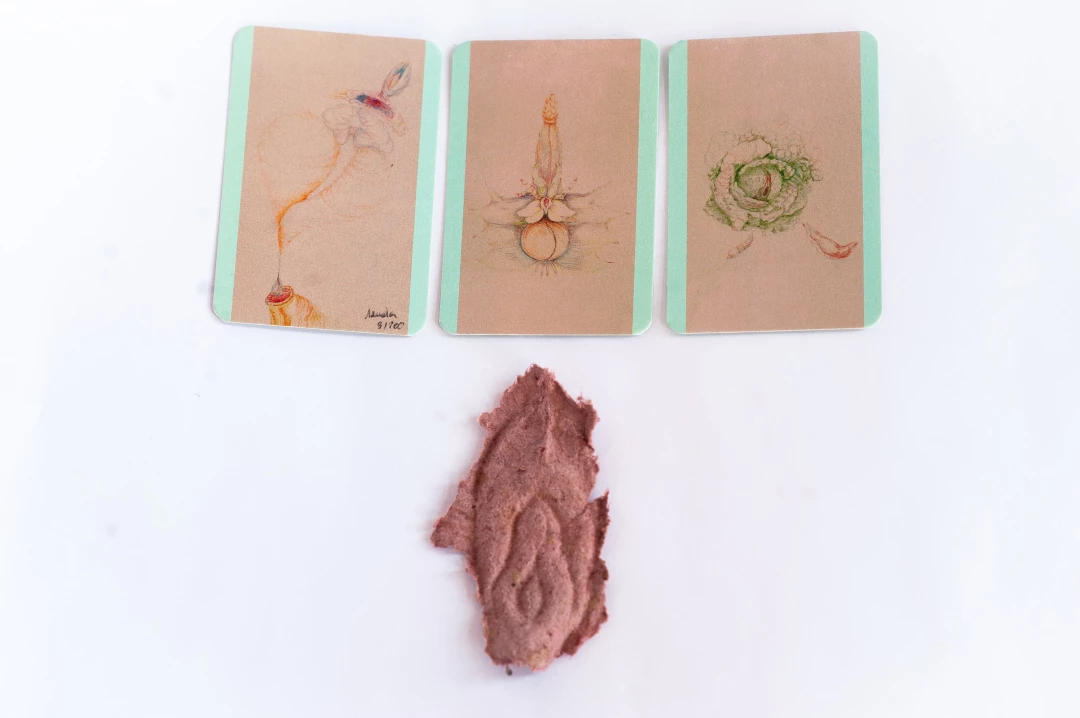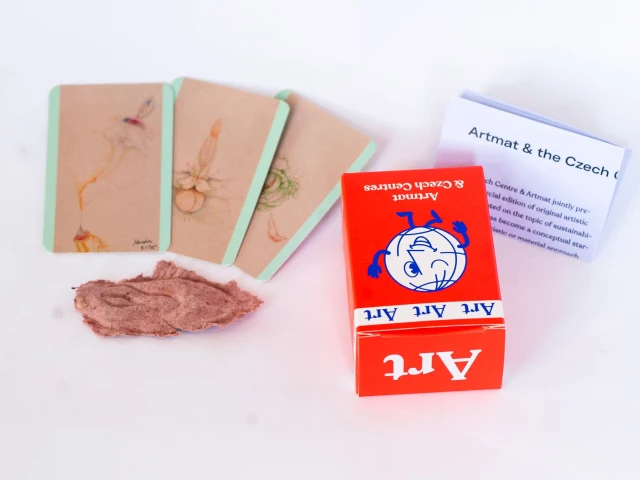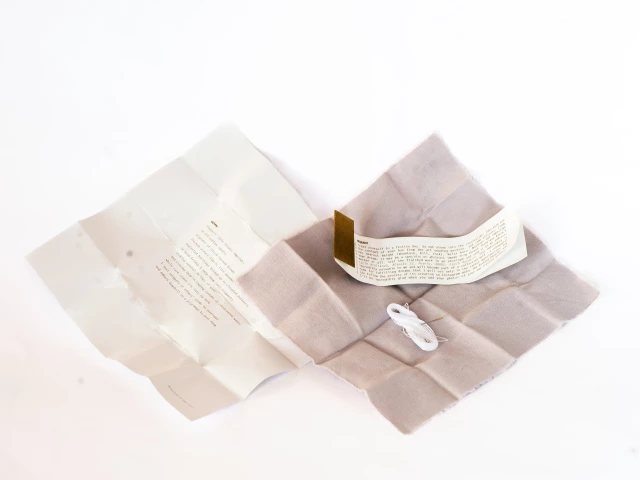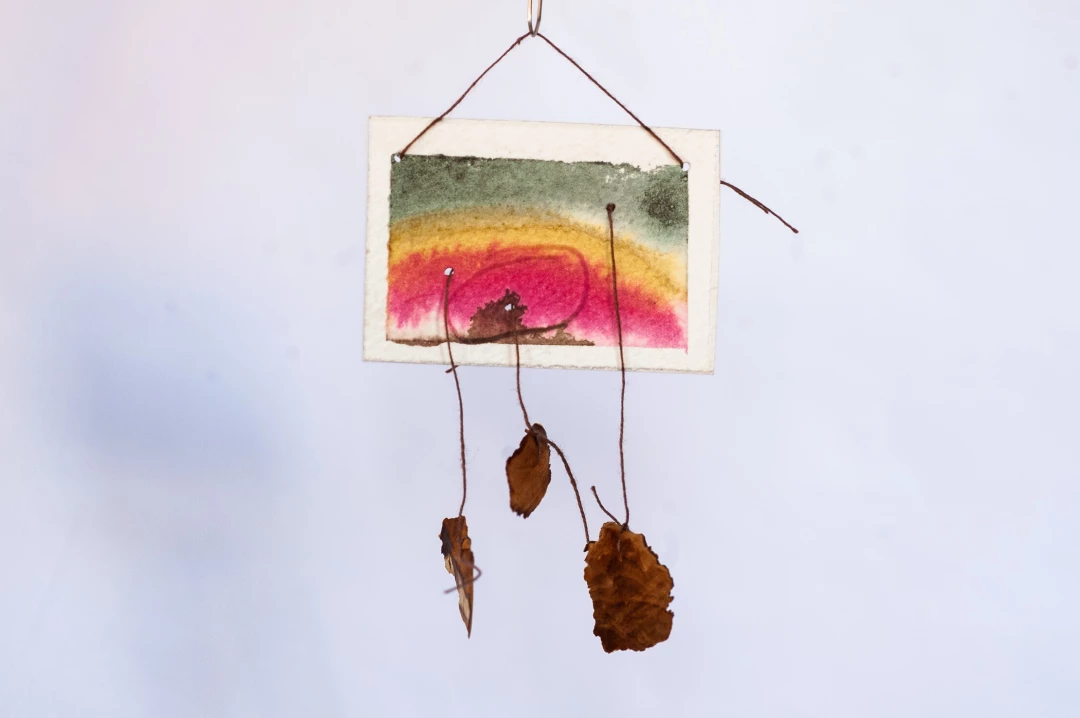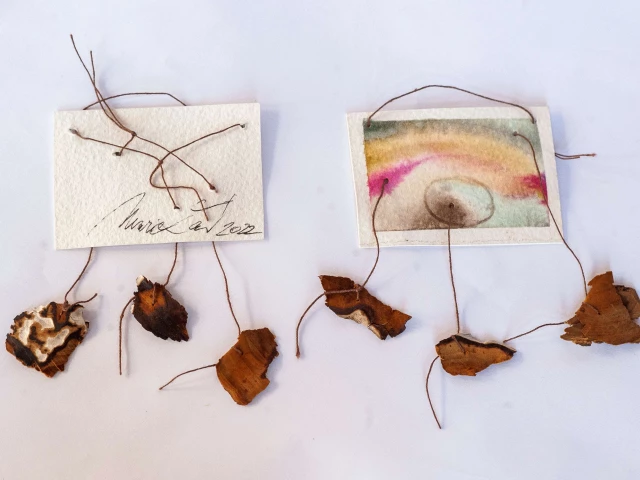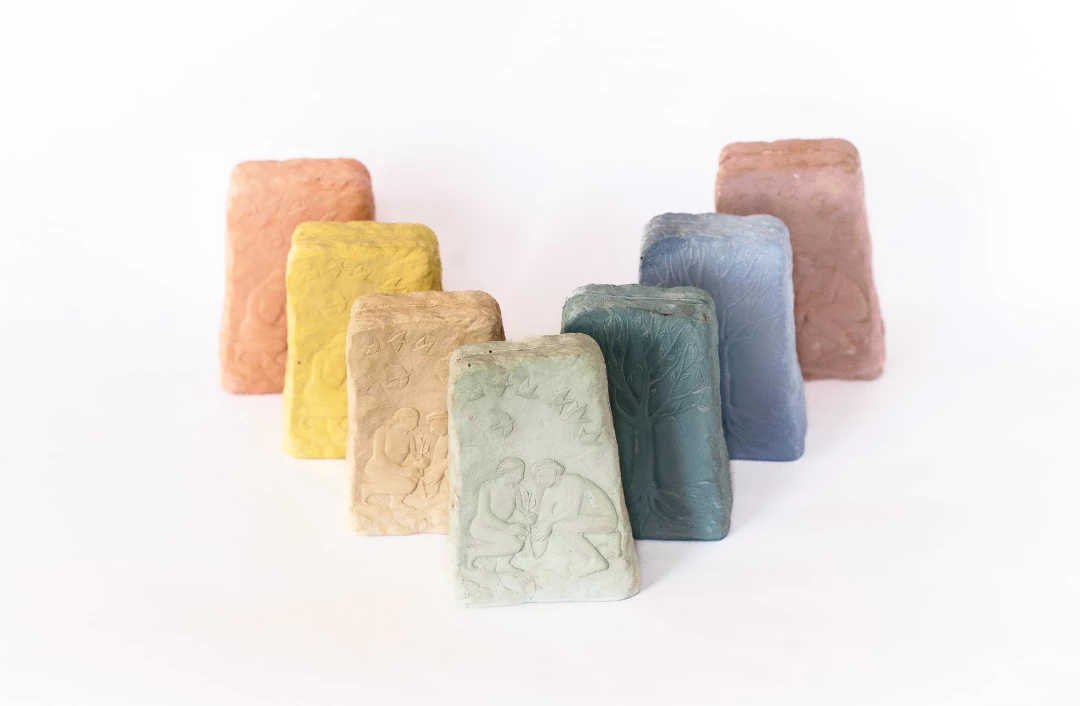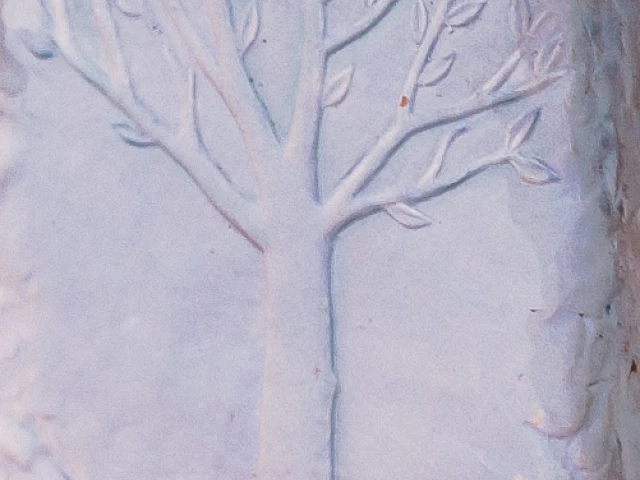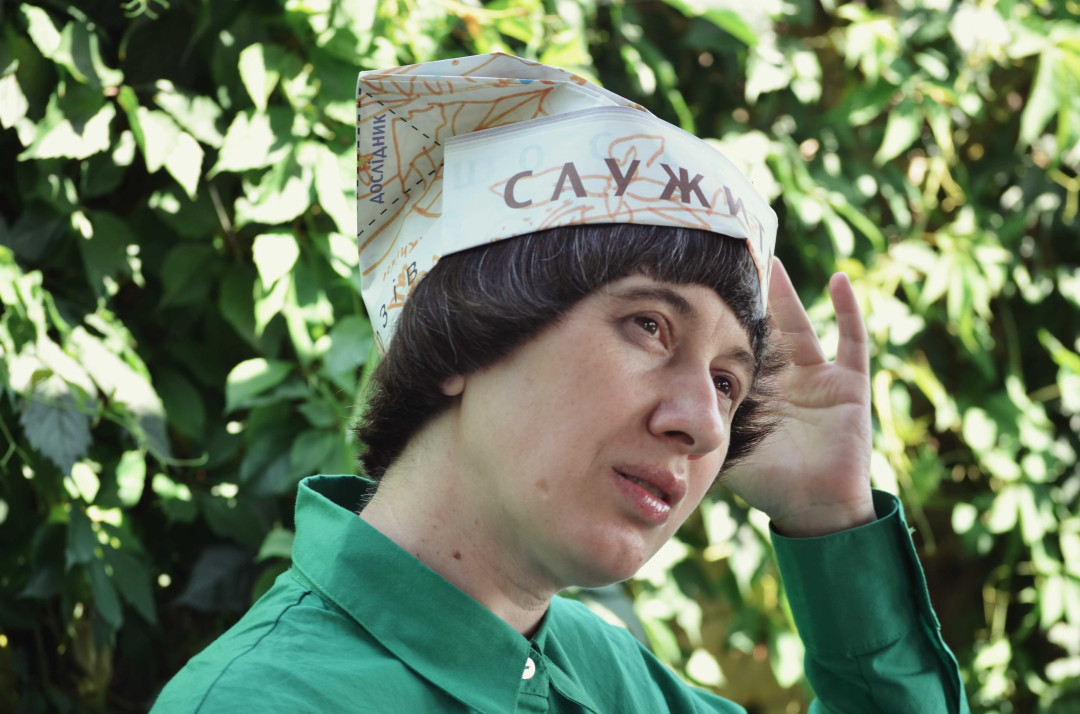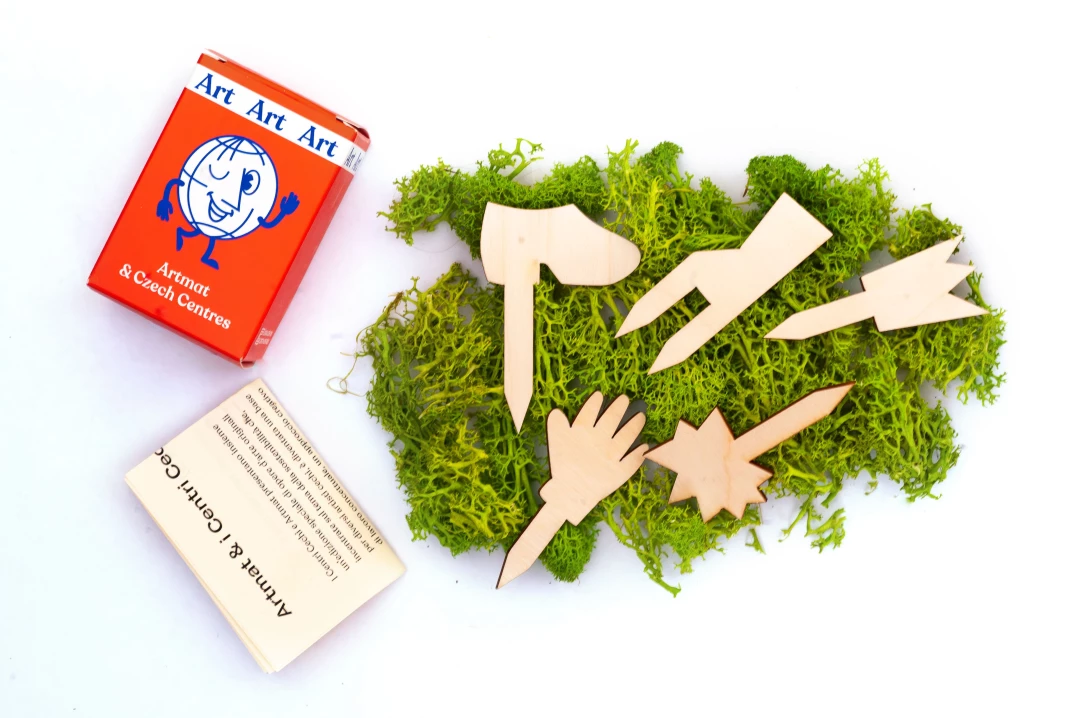Sustainability (2022)
Sustainability. Processes existentially crucial for the preservation of humanity, ecosystems or cultures for future generations and at the same time a topic that is often specifically presented in connection with environmental issues. In the media space in recent years, it resonates primarily in connection with watchwords such as “climate crisis” or “green deal”, and as such has naturally become an important topic of artistic practice of contemporary artists.
Sustainability viewed primarily as the search for paths how to take social and economic development in such a direction so that the natural environment could be preserved in a form that allows life to be lived to the fullest without detriment to other beings.
The Artmat project and Czech Centres carried out detailed
research into sustainability and its representation in contemporary European
art as a complex issue reflecting the degree of resilience of processes that
result in ensuring our continued existence on this world – namely including
social principles, widely discussed at present in relation to the
sustainability of political and economic units or culture as such. The edition
was created on the occasion of the Czech Republic's Presidency of the Council of
the EU 2022.
A photographer and visual artist. She graduated from the Department of Illustration and Graphic Design, under the supervision of Prof Jiří Šalamoun at the Academy of Arts, Architecture and Design in Prague (UMPRUM). In her artistic production, she is tending more and more toward nature and nature rituals. From technical design, she has shifted toward natural materials and turned her work and life toward nature itself, its power and a person’s relationship to it. In recent years, her work has exhibited a distinct inclination toward ecological and social issues arising from today’s circumstances. Bromová works with living materials, prints, wood, wax and natural pigments, which she uses more and more often and creates so-called “Verotisky” or “Veromandaly” (Veroprints or Veromandalas).
For the project, the artist created the statue Venus and her Needs, inspired by the Venus of Dolní Věstonice – a palaeolithic statue viewed in its time as the ideal of womanhood. We may perceive Venus as the alter ego of the artist. Into it, she has projected her vision of femininity, connected with nature and its elements, creativity, multiplicity, playfulness and sexuality.
Visual artists. They have worked as a creative duo since 2014, when they met at the joint exhibition Netlač řeku, teče sama (Don’t push the river, it flows itself) at the gallery Berlínskej Model in Prague. The artists are graduates from the Department of Photography at Prague’s UMPRUM, while also undertaking interdisciplinary internships – Barbora in a sculpture studio and Johan in an animation one. Both artists combine themes focusing on the relationship between nature and culture, the impact of humanity on animals and nature, and they are fascinated by the symbol of the snake. They often erect their projects on the principles of recycling and sustainability, which means on a conscious approach to the selection of materials and their subsequent treatment.
The artists have selected the statement “Life finds a way” as the central motif for the project. The line is from the cult Hollywood film Jurassic Park (1993, dir. Stephen Spielberg), and they have adopted it as something of a motto since the start of their collaboration. It can be seen as a symbol of life’s journey or the hope that nature and living beings will always find a way to survive, even in the most challenging conditions.
Illustrator and visual artist. A graduate of UMPRUM’s Department of Illustration in Prague. While studying, she interned at a sculpture studio and studied painting for a year at Prague’s AVU. Recently, she has exhibited at both solo and group shows and created a range of original books. Her bachelor thesis Metanoia garnered significant attention. It comprised a series of second-hand sweaters with hand embroidered, illustrations criticising fast fashion, and other burning issues. The themes of her work are ecology, sustainability, ethics and reciprocity. She creates multi-layered, poetic works and installations that engage her interest in materials, illustration and handicraft and indirectly reflect topics such as mental health and slow-living in a society that overemphasises work performance.
For the project, the artist created a series of cloth badges from deadstock material with original, figurative embroidery including ten original, hand‑ embroidered images. Working with remnants is grounded in the artist’s long interest in consumer behaviour, ecology, sustainability and ethical practice in the textile industry.
Multimedia artist (sculpture, objects, video). She studied sculpture and intermedia art at Prague’s AVU. She embraces creation, education and consciousness raising, though her works concern how humanity relates to green issues, sustainable methods of development of the surrounding world and improvement of the environment, both external and internal/mental. She sees a close link between internal processes and their relationship to external impacts. Her work responds to modern life through openness, indeterminacy, fragility and mystery and presents life, including community projects, activism, ancient myths and inner spirituality. She set up the web platform Artbiom.cz and the eco-booth at AVU.
Landscape architect and performance artist. She majored in landscape architecture but moved beyond the field to performance art, primarily referencing landscape, plants, memories and rituals, and revitalising and returning them to people today. An in-depth study of the landscape and plants, plus reflections on the relations and customs among traditional conceptions and their current value, guide her work. Given her deep love for flowers, nature and the city, she set up the art-ecological platform Efemér in 2011 with Klára Zahradníčková.
The artist created for the project a conceptual piece that is based on the participation of the audience themselves. In the boxes, she placed old pieces of material and messages that invited people to return the fragments so that she could then sew them into a gown. This will then be imbued with a unique meaning and message.
Sculptor. She graduated from the sculpture department of Lukáš Rittstein at the Academy of Fine Art in Prague. Her long-term interest is the subject of suburbanisation, incorporating its issues and structural disorder into her sculptural-visual expression. A fascination with permanent records and indelible traces of human existence creates for her fertile creative ground that a person alone cultivates through what she does. She does not criticise the state of things in her work, but rather attempts to mediate the theme that currently seems to be one of the fundamental ones. She recognises the importance in the beauty of the moment because the transience of things happens for one simple reason: to give life meaning.
For the project, the artist created a negative relief with remnants of a floorplan of a dwelling. It depicts our demands to need our own home and more generally as a symbol of the material world. Absence of the material and reduction to a mere imprint can suggest transience, but also the desire to no longer encroach on the landscape with constant large‑ scale construction where cities sprawl into open natural spaces.
Painter, musician and multimedia artist. A graduate of the Academy of Fine Arts in Prague, she has dedicated many years to the underground – her own as well as what is beneath the surface of the land and the things that attract her. Her prized technique is aquarelle, developing the technology and expressive potential in a unique way – the production of her own colours, non-traditional formats, analytical studies and abstract pieces. The large format aquarelles are freely inspired by open-air studies of specific landscapes or sporocarps (mushrooms), or her own dreams. Abstract versions are connected to deep mythology and a fascination with the world beneath the surface. The landscapes, painted predominantly in the open on trips around Czechia and afar, are among her other central themes.
Sculptor. He graduated from Prague’s UMPRUM, in the sculpture department under the supervision of Kurt Gebauer and then Dominik Lang and Edith Jeřábková. Historical, figurative patterns lie at the heart of his artwork. He is interested in the current expressions of sculptural art related to the public space and the possibility of contextual incorporation of a statue into recently created architecture and natural complexes. He has recently dedicated himself intensively to the sustainability of natural resources, which he incorporates into his work. He is at present the administrator of the so-called Kafkárna (the former studio of Bohumil Kafka, an important Czech sculptor from the first half of the 20th century) where the Centre for Art and Ecology has been set up under Prague's UMPRUM.
The artist created for the project a double‑ sided mini pocket relief with a depiction of planting and of a mature fruit tree. It is a referential motif bringing to mind archaic depictions of biblical figures – perhaps Adam and Eve, and it stands for the anthropocentric thinking of man in contemporary civilisation, which has brought planet Earth and the ecosystem to the brink of ecological catastrophe and climate collapse.
A multidisciplinary artist from Ukraine. Graduated from the National Academy of Fine Arts and Architecture in Kyiv and the Jan van Eyck Academy in the Netherlands. In her projects, she uses performance, drawing, time-based media, curating and collaboration. She explores complex issues from consumerism to plant culture, from feminism to life in conflict zones. Raised in the Donetsk region known for coal mining, she lives and works in the village of Muzychi near Kyiv.
The artist has created a set of labels “викривача рослин” (plant exposer) for the project to mark the identity of the plants that surround us and whose relationship to their surroundings we want to explore. The prototype was created after Alevtina’s 2021 stay in the USA. She went to the Kansas prairies in order to research why native plants became invasive when they moved to Ukraine and vice versa. She also met with scientists from the University of Kansas to bring their knowledge of native/non-native plants to the Ukrainian context.
